Contents
Tips and Techniques for a Successful Chipmunk Hunt: Mastering the Strategies
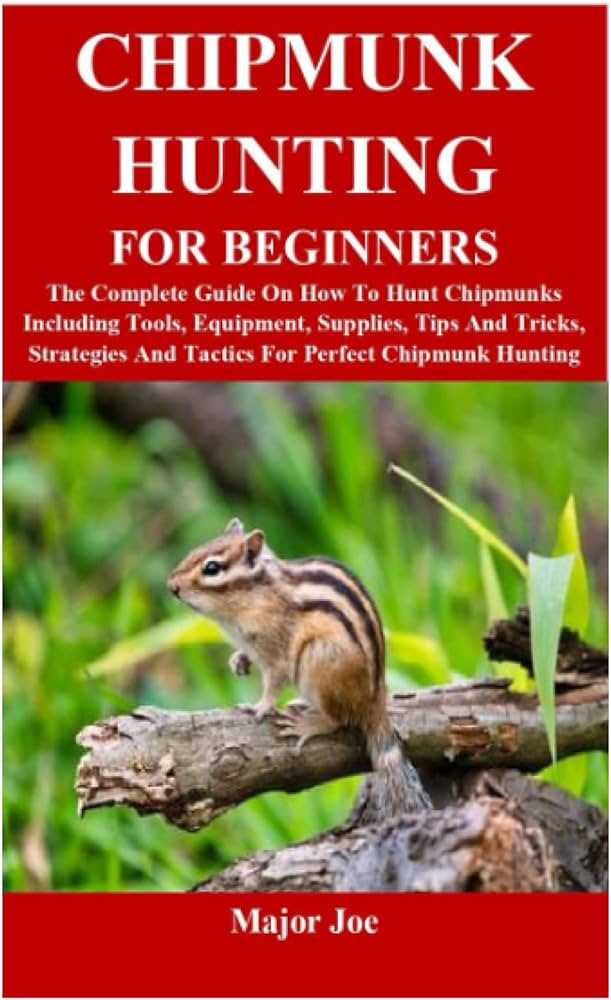
Hunting is an exciting outdoor activity that allows you to connect with nature and test your skills as a wildlife tracker. Whether you’re an experienced hunter or a novice looking for a new challenge, hunting chipmunks can be a rewarding experience. These small, fast creatures are known for their love of nuts and their ability to quickly disappear into the forest underbrush, making them a worthy quarry.
Tracking chipmunks requires patience, stealth, and a keen eye. These resourceful little critters are skilled at evading predators, so you’ll need to use your best camouflage techniques to blend into their natural environment. Dress in earth tones, move slowly, and try to avoid sudden movements or loud noises that may give away your presence.
One of the best ways to track chipmunks is to learn their habits and behavior. Like their larger cousin, the squirrel, chipmunks are most active in the early morning and late afternoon, so plan your hunt accordingly. Look for signs of their presence, such as chewed nuts or small burrows near tree roots. Once you’ve found a likely spot, settle in and keep your eyes peeled – chipmunks are quick, and you’ll need to react fast to get a clear shot.
Selecting the Right Tools

When it comes to chipmunk hunting, having the right tools can make all the difference in your success. Here are some essential items to consider:
Tracking: A good pair of binoculars will allow you to spot chipmunks from a distance. Look for ones that have a high magnification and a wide field of view.
Squirrel Calls: Squirrel calls are a useful tool for attracting chipmunks. These calls mimic the sounds of distressed squirrels, which can lure chipmunks out of hiding.
Camouflage Clothing: Blend into your surroundings by wearing camouflage clothing. Chipmunks have keen eyesight, so it’s important to minimize your visibility while hunting.
Wildlife Camera: Setting up a wildlife camera near a chipmunk’s burrow can provide valuable information about their habits and movements. Consider using a camera with night vision capabilities to capture footage during the evening hours.
Forest or Woodland Map: Familiarize yourself with the area where you will be hunting. A map of the forest or woodland can help you navigate the terrain and locate prime chipmunk habitats.
Nuts and Seeds: Use nuts and seeds as bait to attract chipmunks. Scatter them near your hunting spot to entice chipmunks to come out and investigate.
Binoculars: A pair of binoculars can be helpful for spotting chipmunks in the distance, especially when they are hiding among foliage or tree branches.
With the right tools in your arsenal, you’ll be well-prepared for a successful chipmunk hunt. Remember to always practice ethical hunting techniques and respect wildlife and their habitats.
Choosing the Perfect Rifle

When it comes to chipmunk hunting, having the right rifle is crucial. A properly chosen rifle can greatly increase your chances of success in the forest or woodland, where these small creatures thrive. Here are some factors to consider when selecting the perfect rifle for chipmunk hunting:
- Caliber: When hunting chipmunks, a smaller caliber rifle is usually preferred. .17 HMR or .22 LR are popular choices, as they provide enough power to take down a chipmunk without damaging the valuable nuts they often carry.
- Ammunition: For chipmunk hunting, using hollow point or subsonic ammunition is recommended. Hollow point bullets expand upon impact, increasing the chances of an ethical kill. Subsonic ammunition reduces noise, making it easier to track chipmunks without alarming other wildlife in the area.
- Barrel Length: A shorter barrel length is generally preferred for hunting chipmunks. It provides better maneuverability in wooded areas and makes it easier to shoot in tight spaces. A shorter barrel also helps maintain accuracy at smaller distances, which is typically the case when hunting chipmunks.
- Sights: Opt for sights that are easy to acquire and adjust. Open sights or low-power scopes are ideal for chipmunk hunting, as they provide a clear sight picture while still allowing for quick target acquisition. Ensuring your sights are zeroed in correctly is crucial for accurate shooting.
- Camouflage: Investing in a rifle with a camouflage finish can give you an edge while hunting chipmunks. Chipmunks have keen eyesight and can easily spot hunters in their natural habitat. Camouflaging your rifle helps you blend in better with the surroundings, increasing your chances of a successful shot.
By considering these factors when choosing a rifle for chipmunk hunting, you can enhance your overall experience and increase your chances of a successful hunt. Remember to always follow local laws and regulations, practice ethical hunting techniques, and respect the wildlife and environment.
Essential Gear and Accessories

When it comes to chipmunk hunting, having the right gear and accessories can make all the difference. Here are some essential items that every hunter should have:
Camouflage Clothing: Chipmunks have excellent eyesight and can easily spot movement. Wearing camouflage clothing will help you blend into your surroundings and increase your chances of getting close to these elusive creatures.
Binoculars: A good pair of binoculars is essential for spotting chipmunks in the wild. Look for binoculars with a high magnification power and a wide field of view to help you locate these small creatures in their natural habitat.
Wildlife Calls: Using wildlife calls can be an effective way to attract chipmunks. Squirrel calls are particularly effective, as chipmunks are often attracted to the sounds of their squirrel counterparts. Use these calls sparingly and strategically to lure chipmunks closer to your location.
Tracking System: A tracking system, like GPS or a compass, can be useful for navigating through the woodland or forest while searching for chipmunks. These systems can help you keep track of your location and ensure that you don’t get lost in the vast wilderness.
Hunting Knife: A sharp hunting knife is a useful tool for various purposes, such as dressing and skinning the chipmunks once you’ve successfully hunted them. It’s essential to have a reliable and durable knife that can handle these tasks efficiently.
Remember, when it comes to chipmunk hunting, preparation is key. Make sure you have the right gear and accessories before heading out into the wilderness. With the right equipment and some skillful hunting techniques, you’ll be well on your way to a successful chipmunk hunt.
Optics and Scopes for Accuracy

When it comes to hunting small game like squirrels and chipmunks, having the right optics and scopes can greatly improve your accuracy and increase your chances of a successful hunt. Optics play a crucial role in helping you spot these small creatures in their natural habitat, allowing you to get a clear look at your target and make a well-aimed shot.
Camouflage is important when hunting wildlife, especially in woodland and forest areas where squirrels and chipmunks are often found. These animals have keen senses and are always on the lookout for predators, including hunters. Investing in a camouflage scope or binoculars can help you blend in with your surroundings, making it easier to approach your target undetected.
One important aspect to consider when choosing optics for squirrel and chipmunk hunting is magnification. These small creatures are often hidden among leaves and branches, making it difficult to spot them with the naked eye. A scope or binoculars with higher magnification can help you spot them from a greater distance and accurately assess their size and location.
In addition to magnification, a scope or binoculars with good clarity and resolution are essential for accurate targeting. This is especially true when hunting in low-light conditions, such as early morning or dusk. Look for optics with high-quality lenses and coatings that enhance light transmission, allowing for clearer and sharper images.
Another important consideration is the reticle or crosshairs. Optics with a fine reticle can help you zero in on your target more precisely, increasing your chances of a clean and humane shot. Additionally, some scopes come with adjustable turrets that allow you to compensate for bullet drop and windage, further improving your accuracy.
Lastly, it’s important to practice using your optics before heading out into the field. Get familiar with adjusting the focus, magnification, and other features of your scope or binoculars, and practice aiming at small targets in a controlled environment. This will help you become more comfortable and confident with your optics, ultimately leading to better accuracy on your hunts.
In conclusion, having the right optics and scopes is crucial for accurate squirrel and chipmunk hunting. Investing in high-quality, camouflage optics with the appropriate magnification, clarity, reticle, and other features can greatly improve your hunting success. Remember to practice using your optics beforehand to maximize your accuracy in the field. Happy hunting!
Understanding Chipmunk Behavior
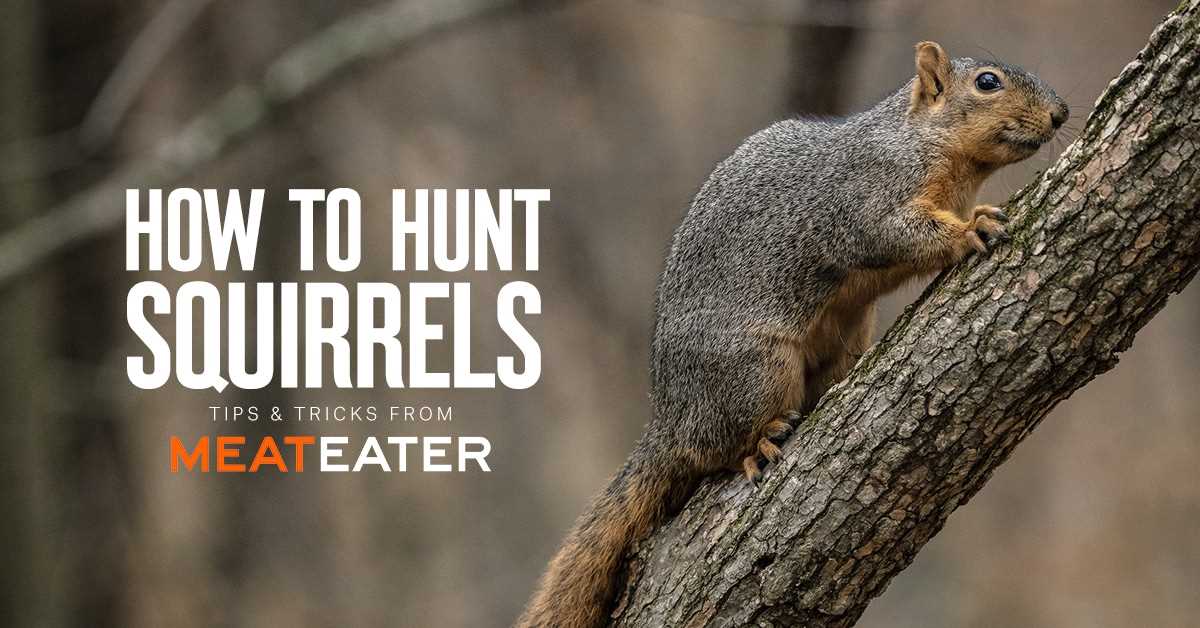
Chipmunks are small woodland rodents that are often mistaken for squirrels due to their similar appearance. However, chipmunks have distinct behaviors that set them apart from their squirrel counterparts.
One of the key aspects to understanding chipmunk behavior is their camouflage abilities. Chipmunks have a striped pattern on their fur that allows them to blend into their surroundings, making them difficult to spot in the forest. This natural camouflage helps protect them from predators and allows them to stay hidden while foraging for food.
Chipmunks are skilled at tracking and storing nuts. They have a unique pouch in their cheeks that allows them to gather and transport large quantities of food. Chipmunks are known for their ability to gather and store nuts, creating hidden caches throughout their habitat. This behavior is essential for their survival, as it ensures they have a steady food supply during the winter months when food is scarce.
Chipmunks are highly active and often engage in territorial behaviors. They mark their territory with scent glands, defending it from other chipmunks. This territorial behavior is especially prominent during mating season when males compete for the attention of females.
Understanding chipmunk behavior is crucial for successful hunting. By learning about their natural behaviors, hunters can locate potential hiding spots, track their movement patterns, and set up strategic hunting positions. Studying chipmunk behavior also helps hunters gain a deeper appreciation for these fascinating wildlife creatures that play a vital role in their forest ecosystem.
Studying Habits and Patterns
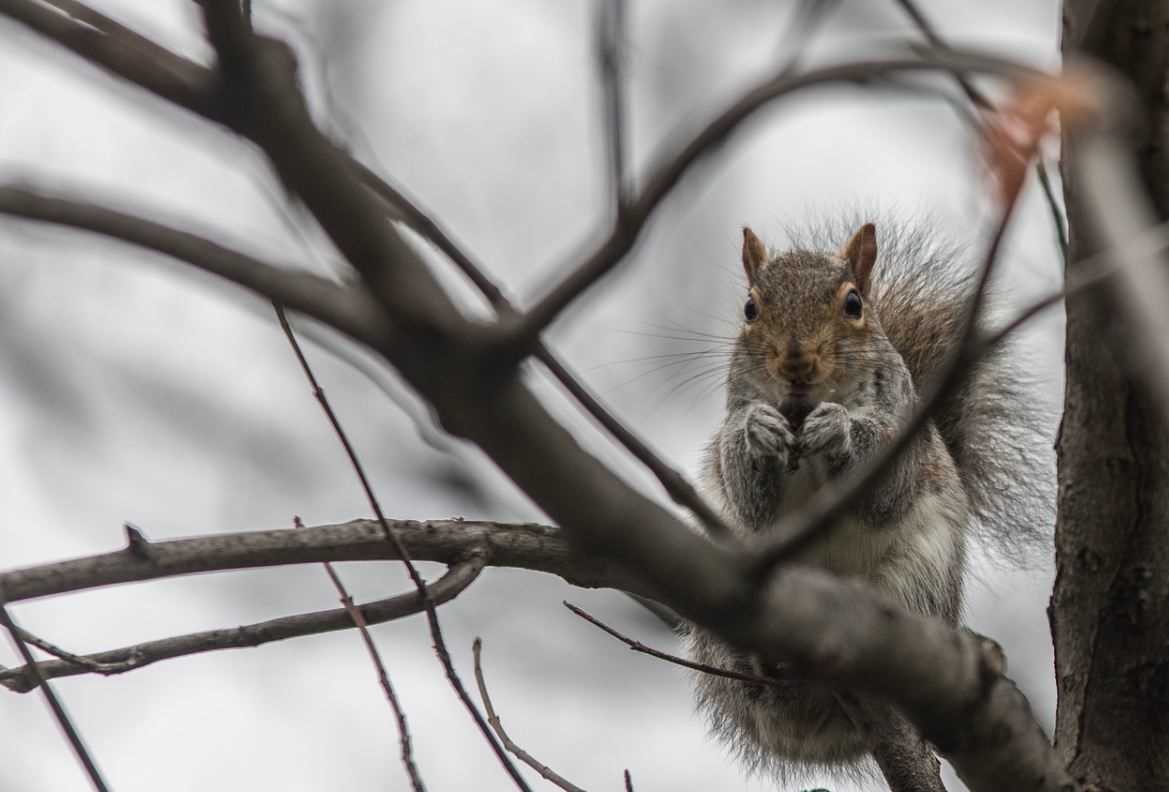
Tracking chipmunks in the wild requires a good understanding of their habits and patterns. By observing their behavior and learning about their natural instincts, hunters can increase their chances of a successful hunt.
Chipmunks are small, agile rodents that are often found in woodlands and forests. They are known for their ability to quickly navigate through dense foliage and find hiding spots. To successfully hunt chipmunks, hunters must learn to blend in with their surroundings and use camouflage to remain undetected.
One way to study chipmunk habits is by observing their nesting sites. Chipmunks create underground tunnels and burrows where they store food and raise their young. By identifying these areas, hunters can set up their hunting spots nearby and increase their chances of a successful hunt.
Another helpful tip is to pay attention to the types of nuts and seeds that chipmunks are feeding on. These small rodents have a preference for certain types of food, such as acorns and hickory nuts. By locating areas where these nuts are abundant, hunters can increase their chances of finding chipmunks in those specific locations.
Chipmunks are also known for their territorial behavior. They mark their territories with scent markings, which can be detected by keen hunters. By locating these marking sites, hunters can track the movements of chipmunks and anticipate their next move.
Understanding chipmunk habits and patterns is a vital part of successful hunting. By studying their behavior, tracking their movements, and learning their preferred food sources, hunters can greatly increase their chances of a successful chipmunk hunt.
Identifying Nesting Areas and Food Sources

When it comes to chipmunk hunting, one of the key factors to a successful hunt is knowing where to find these elusive creatures. Identifying their nesting areas and food sources is essential in increasing your chances of a successful harvest.
Tracking chipmunks in woodland areas can be quite challenging, but with the right knowledge, you can become a skilled hunter. Chipmunks are small rodents that are often found in forests and wooded areas. They are known for their quick movements and ability to camouflage themselves among the leaves and trees.
One of the first steps in identifying chipmunk nesting areas is to look for squirrel and bird nests. Chipmunks are opportunistic creatures and often take over abandoned nests. Look for signs of activity such as chewed bark or an entrance hole. Chipmunk nests are typically located in hollow logs, tree stumps, or rock crevices.
Another clue to chipmunk nesting areas is their food sources. Chipmunks primarily feed on nuts, seeds, and berries. Look for areas where you find an abundance of these food sources, such as oak trees or berry bushes. You may also come across piles of discarded shells, which indicate that chipmunks have been feeding in the area.
While looking for nesting areas and food sources, it’s important to remain quiet and observant. Chipmunks have keen senses and can easily be spooked by loud noises or sudden movements.
In conclusion, identifying chipmunk nesting areas and food sources is crucial for a successful hunting trip. By tracking their movements in woodland areas and recognizing their food preferences, you can increase your chances of spotting and harvesting these elusive creatures. Remember to stay quiet, be patient, and enjoy the beauty of the forest while on your hunt.
Seasonal Behavior and Migration Patterns
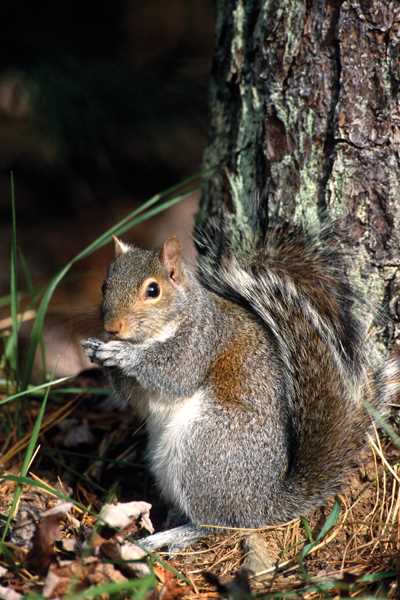
Chipmunks are small rodents belonging to the squirrel family. They are known for their distinctive striped patterns and their ability to store food in their cheeks. Chipmunks are primarily found in woodland areas with plenty of trees and underbrush, providing them with ample hiding spots and food sources.
During the spring and summer months, chipmunks are most active. This is their mating season, and males will often engage in territorial battles to establish dominance. Chipmunks spend their days foraging for nuts, seeds, and fruits, which they will store in underground burrows or in the hollows of trees. They are excellent climbers and can navigate through tree branches with ease.
In the autumn months, chipmunks become even busier in preparation for the winter season. They will collect as many nuts and seeds as they can find to build up their food reserves. Chipmunks are known for their ability to camouflage themselves among fallen leaves and other debris, making them difficult to spot. This is an essential survival technique, as it helps them avoid predators such as hawks and foxes.
As winter approaches, chipmunks will retreat to their burrows, which they have lined with leaves and grass for insulation. They will enter a state of torpor, where their body temperature drops and their metabolism slows down. While chipmunks do not migrate like some other animals, they may occasionally move to a different burrow if their current one becomes compromised or if they detect a shortage of food in the area.
In the spring, chipmunks emerge from their burrows once again, ready to begin the cycle anew. They will resume their foraging activities, with a particular focus on finding nesting materials and building or repairing their underground homes. This is also the time when they will give birth to their young, known as kits.
Understanding chipmunks’ seasonal behavior and migration patterns can be beneficial for those interested in hunting them. By tracking their movements and knowing where to find their food sources and burrows, hunters can increase their chances of a successful chipmunk hunt while respecting the natural behaviors and habitats of these woodland wildlife.
Techniques for Chipmunk Hunting

Chipmunks are small cousins of squirrels that are often found in forests and woodlands. They are known for their agility and their ability to quickly gather and store nuts. Hunting chipmunks can be a challenging and fun activity, but it requires some specific techniques and strategies.
1. Camouflage: Chipmunks have keen eyesight and can easily spot any movement or bright colors. To increase your chances of success, it is important to wear camouflage clothing that matches the colors of the surrounding environment. This will help you blend in and go unnoticed by chipmunks.
2. Tracking: Chipmunks leave behind distinct tracks and signs. Look for small paw prints and diggings near trees or fallen logs. By following their tracks, you can gain insight into their movement patterns and find their burrows. This will help you position yourself in strategic spots for a better chance of spotting and hunting chipmunks.
3. Patience: Chipmunks are quick and skittish creatures. They are constantly on alert for potential dangers, which makes them difficult to approach. It is crucial to have patience and remain still for extended periods of time. Find a comfortable spot with good visibility and wait quietly for chipmunks to come out of their burrows or forage for food.
4. Squirrel Calls: Chipmunks are territorial animals and may respond to squirrel calls. By imitating the distress calls or feeding calls of squirrels, you can attract chipmunks to your location. This technique can be particularly effective during the mating season when chipmunks are more likely to respond to calls.
5. Baiting: Another technique for chipmunk hunting is to use bait. Chipmunks have a weakness for nuts, such as peanuts or sunflower seeds. Placing these bait items near your hunting spot can lure chipmunks out into the open. However, it is important to note that using bait may not be legal in all areas, so be sure to check local regulations before employing this technique.
Remember, chipmunk hunting should always be done responsibly and ethically. Always follow local laws and regulations, and ensure that you have the proper permits if required. Respect the natural environment and the animals you encounter during your hunt.
Stalking and Ambush Tactics

When it comes to chipmunk hunting, employing stalking and ambush tactics can greatly increase your chances of success. These techniques require a keen understanding of the chipmunk’s behavior and habitat, as well as patience and stealth.
Stalking involves carefully tracking and observing chipmunks in their woodland or forest habitat. Keep an eye out for signs of chipmunk activity, such as burrows, gnawed nuts, and other telltale signs. Use your senses to detect any movement or rustling in the underbrush.
Once you spot a chipmunk, it’s important to move slowly and quietly, taking care not to startle the wildlife. Utilize natural cover, such as trees or bushes, to conceal your presence. Camouflage clothing can also help you blend into the surroundings.
As you approach, be sure to tread lightly so as not to alert the chipmunk to your presence. Take advantage of any available cover to remain hidden and stay downwind to avoid your scent being detected. Move gradually towards the chipmunk, keeping your movements smooth and deliberate.
When you are within range, it’s time to set up for an ambush. Find a comfortable and concealed spot to wait patiently. Chipmunks are cautious animals and may take some time to emerge from their burrows or find their way back to where they left their stash of nuts.
While waiting, stay alert and remain still. Lower your body position to reduce your profile and freeze any sudden movements. This will help you to blend in with the environment and increase your chances of a successful ambush.
Remember, chipmunks have excellent hearing and sharp eyesight, so it’s crucial to maintain silence and minimize any unnecessary noise. A rustling leaf or a loud step can quickly give away your position and scare the chipmunk away.
As you practice stalking and ambush tactics, you’ll develop a better understanding of chipmunk behavior and improve your chances of a successful hunt. Remember to always respect wildlife and their habitats while using these techniques.
Calling and Decoy Strategies
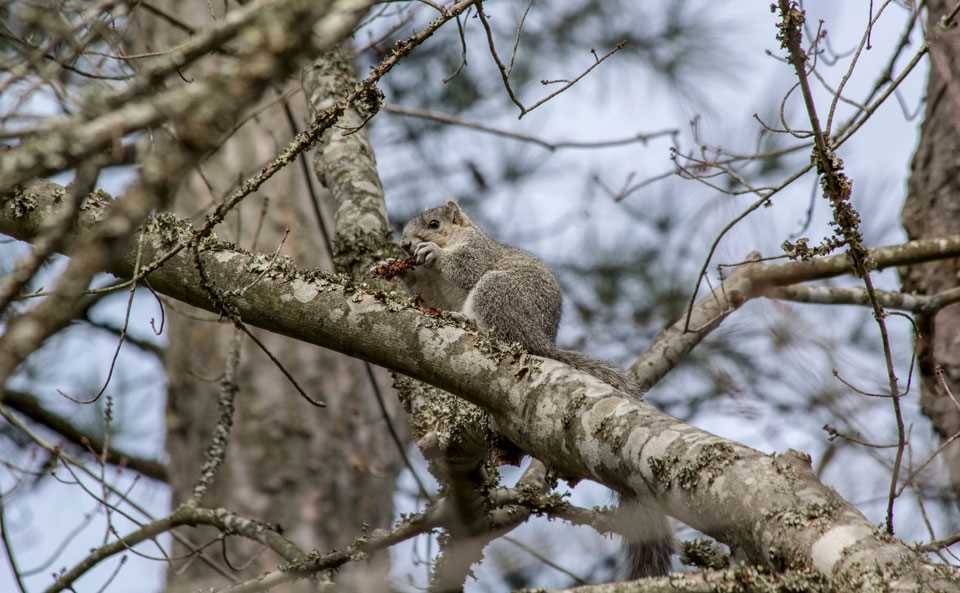
When it comes to chipmunk hunting, employing effective calling and decoy strategies can greatly increase your chances of a successful hunt. Chipmunks are small, agile rodents that are commonly found in woodland areas. They blend in well with the forest environment, making them difficult to spot. Therefore, using calling techniques and decoys can help attract chipmunks and bring them within range for a successful shot.
One effective calling strategy is to mimic the sounds that chipmunks make to communicate with each other. This can be done using a variety of methods, including mouth calls, electronic calls, or even imitating their vocalizations manually. By accurately recreating these sounds, you can pique the curiosity of nearby chipmunks and draw them closer to your hunting location.
Additionally, using decoys can be a useful technique for attracting chipmunks. The presence of a decoy can serve as a visual attractant, making chipmunks curious and more likely to investigate. A common decoy used in chipmunk hunting is a lifelike replica of a chipmunk, placed strategically in an area where chipmunks are known to frequent. The decoy should be positioned in a natural and inconspicuous manner, ensuring that it blends in with its surroundings.
A good hunting spot for chipmunks is usually near a food source, such as a tree with nuts. Chipmunks are known for their hoarding behavior, collecting nuts and storing them for the winter months. By setting up near a nut-producing tree, you can increase the likelihood of chipmunks coming into the area, as they will be attracted to the potential food source.
Remember to camouflage yourself well when using calling and decoy strategies. Chipmunks have keen eyesight and are wary of potential threats. Wear appropriate woodland camouflage to blend into your surroundings and avoid any sudden movements that may alarm chipmunks.
| Calling and Decoy Strategies Tips: |
|---|
| 1. Mimic chipmunk sounds using mouth calls, electronic calls, or manual vocalizations. |
| 2. Use a lifelike chipmunk decoy positioned strategically near a food source. |
| 3. Set up near a nut-producing tree to attract chipmunks with their hoarding behavior. |
| 4. Wear appropriate woodland camouflage to avoid alarming chipmunks. |
By employing these calling and decoy strategies, you can enhance your chipmunk hunting experience and increase your chances of a successful hunt. However, always remember to check and comply with local hunting regulations and obtain any necessary permits or licenses before engaging in hunting activities.

A skilled hunter, dedicated conservationist, and advocate for ethical practices. Respected in the hunting community, he balances human activity with environmental preservation.
